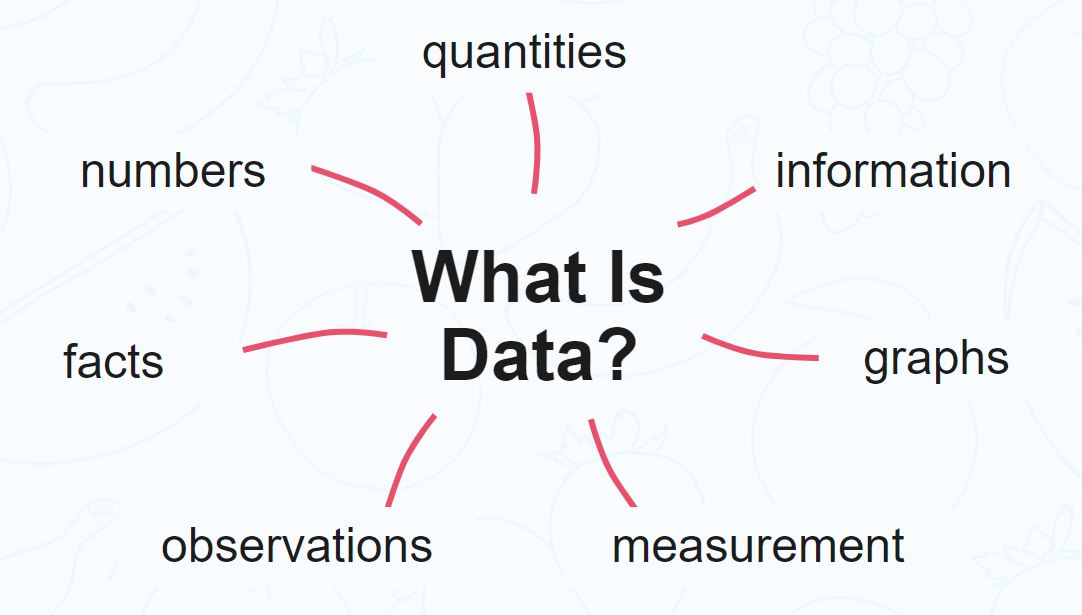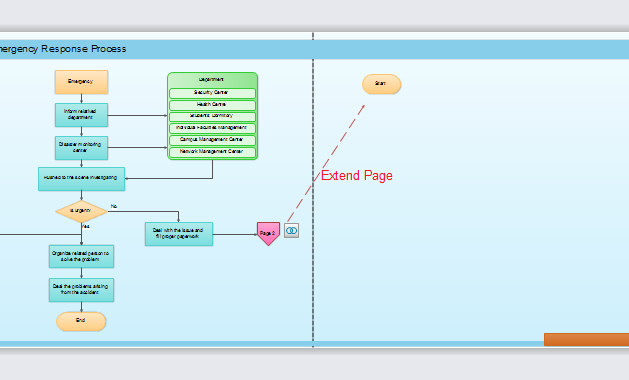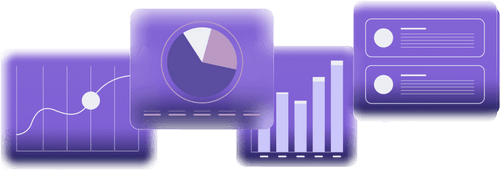
In an era where artificial intelligence (AI) is reshaping industries, the integrity of data used to train these systems has become a critical concern. As AI models grow more sophisticated, so too does the need for transparency in their training data. This is where Data Provenance Tagging comes into play—a vital practice that ensures the authenticity and traceability of data sources. In this article, we’ll explore what data provenance tagging is, why it matters, and how it can be implemented effectively to enhance AI training safety.
What Is Data Provenance Tagging and Why It Matters
Data Provenance Tagging is the process of marking or labeling data with metadata that records its origin, history, and lineage. This metadata includes details such as who created the data, when it was created, where it came from, and how it has been modified over time. The goal is to create a transparent and auditable trail of data, which is especially important in AI training, where the quality and reliability of input data directly impact model performance.
In the context of AI, data provenance tagging serves several key purposes:
- Ensuring Data Authenticity: By tracking the source of data, organizations can verify that the data used for training is legitimate and not manipulated.
- Improving Model Trustworthiness: Transparent data origins allow developers to assess whether the data is representative, unbiased, and suitable for the intended application.
- Supporting Compliance: With increasing regulations around data privacy and ethical AI use, provenance tagging helps organizations meet legal and regulatory requirements.
The importance of data provenance is underscored by the growing number of AI-related scandals involving biased or misleading models. For instance, a 2023 study found that 67% of AI models had at least one significant bias issue due to unrepresentative or poorly sourced training data. Data provenance tagging offers a proactive solution to this problem.
How Data Provenance Tagging Impacts AI Training Safety
Data provenance tagging plays a crucial role in ensuring the safety and reliability of AI models. Here’s how it impacts various aspects of AI development:
1. Enhancing Model Transparency
When data is tagged with provenance information, it becomes easier to understand the context in which it was collected and used. This transparency is essential for auditing AI models and identifying potential issues. For example, if a model performs poorly in a specific demographic group, provenance tags can help trace whether the training data lacked diversity in that area.
2. Mitigating Bias
Bias in AI models often stems from skewed or incomplete data. Provenance tagging allows developers to identify and address these biases early in the training process. By knowing where the data came from, teams can ensure that datasets are balanced and representative.
3. Improving Data Quality
Provenance tags can also help in assessing the quality of data. If a dataset is known to have been collected from unreliable sources, it may be flagged for further review before being used in training. This helps prevent the use of low-quality or contaminated data that could compromise model accuracy.
4. Facilitating Regulatory Compliance
As governments worldwide introduce stricter AI regulations, data provenance tagging becomes a necessity. For example, the EU’s Artificial Intelligence Act requires high-risk AI systems to maintain detailed records of their training data. Provenance tagging provides a structured way to meet these requirements.
Step-by-Step Implementation Framework for Data Provenance Tagging
Implementing data provenance tagging requires a systematic approach. Below is a step-by-step framework to guide you through the process:
1. Define or Audit the Current Situation
Start by understanding your current data landscape. Identify all data sources, including internal databases, third-party datasets, and user-generated content. Conduct an audit to determine which datasets are most critical for AI training and where provenance gaps exist.
2. Apply Tools, Methods, or Tactics
Choose appropriate tools and methods for tagging data. Some options include:
– Metadata Management Platforms: Tools like Apache Atlas or OpenLineage can automate the tagging of data with provenance information.
– Custom Scripts: Develop scripts to extract and tag data based on predefined rules.
– Manual Tagging: For smaller or highly sensitive datasets, manual tagging may be necessary, though it should be supplemented with automation wherever possible.
3. Measure, Analyze, and Optimize
Once data is tagged, analyze the results to ensure that the provenance information is accurate and useful. Use metrics such as:
– Tag Accuracy Rate: Measure how often tags correctly reflect the data’s origin.
– Data Usage Trends: Track which datasets are most frequently used and whether they have consistent provenance tags.
– Compliance Score: Evaluate how well your tagging strategy aligns with regulatory requirements.
Use feedback loops to refine your tagging processes and improve overall data governance.
Real or Hypothetical Case Study
Consider a healthcare organization that uses AI to predict patient readmissions. The model is trained on a mix of internal patient records and third-party datasets. Without proper provenance tagging, the team might unknowingly include data from a source that lacks ethical consent or contains outdated information.
By implementing data provenance tagging, the organization can:
– Verify that all third-party datasets have been properly vetted.
– Ensure that patient data is anonymized and compliant with HIPAA regulations.
– Trace any discrepancies in model predictions back to specific data sources for correction.
As a result, the model becomes more accurate, and the organization avoids potential legal and reputational risks.
Tools and Techniques for Data Provenance Tagging
Several tools and techniques can help organizations implement effective data provenance tagging:
- Apache Atlas – A metadata management platform that supports data lineage tracking and provenance tagging across enterprise data ecosystems.
- OpenLineage – An open-source framework for capturing and standardizing data lineage, complementing provenance tagging efforts.
- IBM InfoSphere Information Governance Catalog – Offers advanced metadata management capabilities, including automated provenance tagging.
- SAP Data Hub – Provides tools for managing data lineage and tracking data provenance across hybrid cloud environments.
- Snowflake Data Lineage – Allows users to visualize and track the flow of data within Snowflake’s cloud data platform.
- Databricks’ Delta Live Tables – Enables real-time data lineage tracking, making it easier to monitor data changes and their impact on AI models.
These tools not only streamline the tagging process but also provide valuable insights into data usage and compliance.
Future Trends and AI Implications
As AI continues to evolve, data provenance tagging will become even more critical. Here are some future trends to watch:
- Integration with AI Explainability Tools: As AI models become more complex, provenance tagging will play a key role in explaining how models make decisions.
- Automated Provenance Generation: Advances in natural language processing and machine learning may enable AI systems to automatically generate provenance tags for new data.
- Blockchain for Provenance Tracking: Blockchain technology could offer a secure and immutable way to record data provenance, enhancing trust in AI systems.
- Regulatory Evolution: As governments develop more stringent AI regulations, data provenance tagging will likely become a mandatory requirement for many organizations.
To stay ahead, businesses should begin adopting provenance tagging practices now, even if they are not yet required by law. This proactive approach will position them to adapt quickly to future changes.
Key Takeaways
- Data Provenance Tagging is essential for ensuring the authenticity and traceability of data used in AI training.
- It enhances model transparency, mitigates bias, and improves data quality.
- Implementing a structured step-by-step framework helps organizations manage provenance effectively.
- Tools like Apache Atlas, OpenLineage, and IBM InfoSphere provide powerful solutions for automating and managing data provenance.
- As AI evolves, provenance tagging will become increasingly important for compliance, trust, and model performance.
Meta Title: Understanding Data Provenance Tagging: Ensuring Source Authenticity for AI Training Safety
Meta Description: Learn how data provenance tagging ensures source authenticity for AI training safety, enhancing transparency, reducing bias, and improving model reliability.
SEO Tags (5): data provenance, AI training safety, data tagging, AI ethics, data governance
Internal Link Suggestions:
– [Parameter #1: Search Intent Alignment]
– [Parameter #12: PAA Question Targeting]
– [Parameter #18: Accessibility of Language]
External Source Suggestions:
– Data & Trust Alliance website
– NIST AI Risk Management Framework
– W3C PROV Data Model









